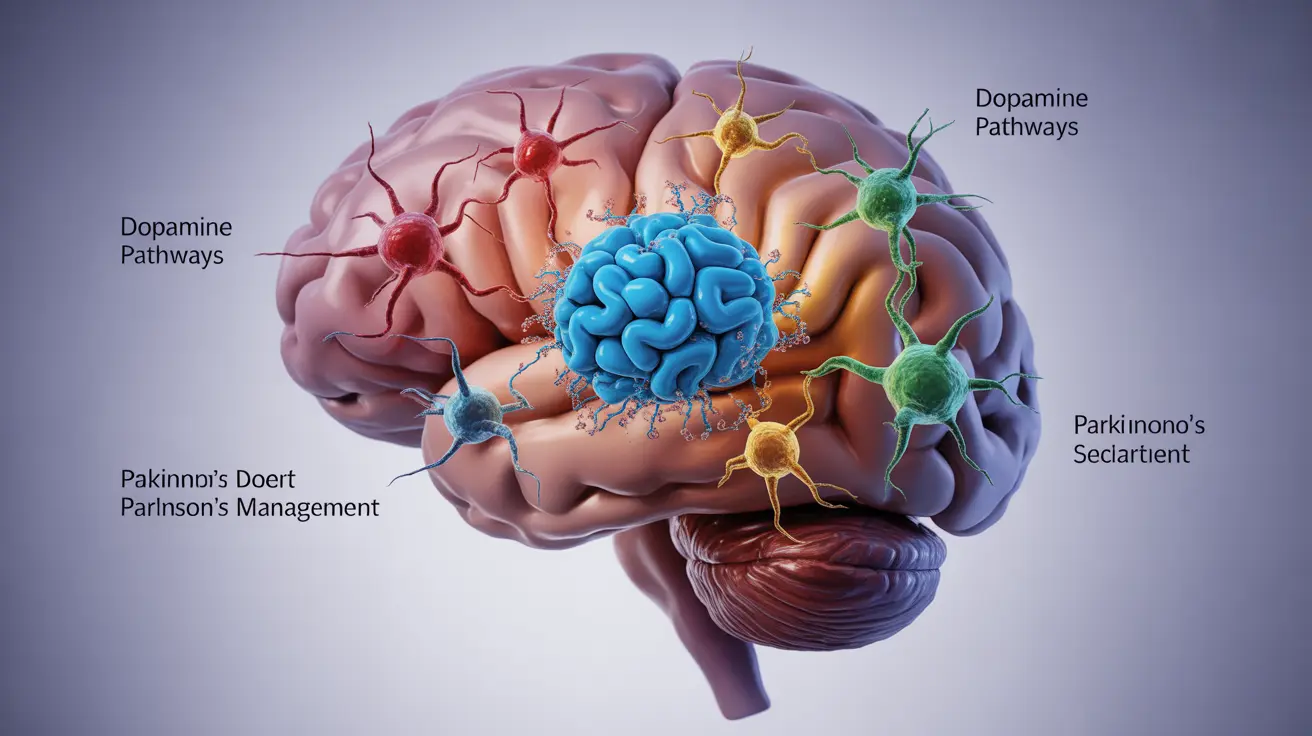Dopamine medication plays a crucial role in managing Parkinson's disease symptoms and improving quality of life for patients. These medications work by either replacing dopamine or mimicking its effects in the brain, helping to control movement disorders and other symptoms associated with the condition.
For individuals living with Parkinson's disease, understanding the various types of dopamine medications, their benefits, and potential side effects is essential for making informed decisions about treatment options. This comprehensive guide explores the key aspects of dopamine-related treatments and their impact on managing Parkinson's disease.
Types of Dopamine Medications
There are several classes of dopamine medications used in treating Parkinson's disease, each working slightly differently to help manage symptoms:
Dopamine Agonists
These medications work by mimicking dopamine's effects in the brain. Common examples include ropinirole, pramipexole, and rotigotine. They can be used alone or in combination with other treatments.
Levodopa-Based Medications
Levodopa remains the gold standard treatment for Parkinson's disease. It converts to dopamine in the brain and is usually combined with carbidopa to enhance its effectiveness and reduce side effects.
MAO-B Inhibitors
These medications help prevent the breakdown of dopamine in the brain, allowing it to remain active longer. Examples include selegiline and rasagiline.
How Dopamine Medications Work
Dopamine medications function through various mechanisms to improve Parkinson's symptoms:
- Direct dopamine replacement
- Stimulation of dopamine receptors
- Prevention of dopamine breakdown
- Enhancement of dopamine signaling
Understanding these mechanisms helps healthcare providers determine the most appropriate treatment strategy for each patient's specific needs.
Benefits and Effectiveness
Dopamine medications can significantly improve various Parkinson's disease symptoms, including:
- Tremors and shakiness
- Muscle rigidity
- Slow movement (bradykinesia)
- Balance problems
- Walking difficulties
The effectiveness of these medications often varies among patients, and treatment plans typically require regular adjustment to maintain optimal benefit.
Managing Side Effects
While dopamine medications are essential for treating Parkinson's disease, they can cause various side effects that need careful monitoring:
Common Physical Side Effects
- Nausea and vomiting
- Dizziness
- Sleep disturbances
- Low blood pressure
- Dry mouth
Behavioral and Psychological Effects
Some patients may experience behavioral changes or impulse control disorders, which require prompt medical attention and potential treatment adjustments.
Treatment Strategies and Considerations
Successful treatment with dopamine medications often involves:
- Regular monitoring and dose adjustments
- Combination therapy approaches
- Timing medications with meals
- Managing potential drug interactions
- Long-term treatment planning
Frequently Asked Questions
What are dopamine agonists and how do they help in treating Parkinson's disease?
Dopamine agonists are medications that mimic natural dopamine's effects in the brain. They work by stimulating dopamine receptors, helping to control movement symptoms and other Parkinson's disease manifestations. These medications can be used alone or in combination with other treatments.
What are the common side effects of dopamine medications used for Parkinson's?
Common side effects include nausea, dizziness, sleepiness, and low blood pressure. Some patients may also experience hallucinations, confusion, or impulse control disorders. Regular monitoring and communication with healthcare providers is essential for managing these effects.
How do dopamine agonists differ from levodopa in managing Parkinson's symptoms?
While levodopa converts directly into dopamine in the brain, dopamine agonists work by stimulating dopamine receptors directly. Dopamine agonists typically have a longer duration of action but may be less effective than levodopa for controlling motor symptoms.
Can dopamine agonists cause behavioral changes or impulsive behaviors in patients?
Yes, some patients taking dopamine agonists may experience behavioral changes, including increased impulsivity, gambling urges, hypersexuality, or compulsive shopping. These effects require immediate medical attention and possible medication adjustments.
Are there specific forms or types of dopamine agonists, and how do they affect treatment options?
Dopamine agonists come in various forms, including oral tablets, extended-release formulations, and transdermal patches. The different delivery methods can affect treatment effectiveness and side effect profiles, allowing for more personalized treatment approaches based on individual patient needs.




